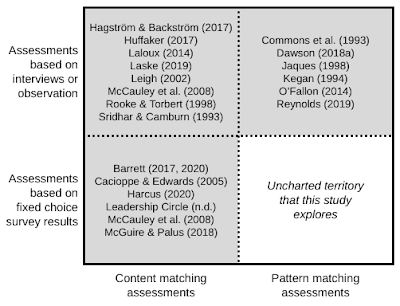Using Microexperiences to Develop More Leaders Faster

This white paper summarizes the effectiveness data from using microexperiences to develop more than 50,000 leaders. It was formally published as a chapter in the 2025 book Moving the Needle: What We Know (and Don’t Know) About Developing Leaders . Executive Summary Microexperiences can be 10X more effective and 1/10th the cost of industry standards They are a special application of experiential learning that leverage the workplace environment and real work to develop leaders on the job with bite-sized activities They should not be confused with microlearning approaches since microexperiences do not use classrooms, e-learning, or most other traditional approaches to develop leaders including offsite retreats They've been used with executives as senior as Fortune 50 CEOs and in organizations up to 500,000 employees This PDF includes examples of microexperiences along with program design guidelines, common mistakes, and lessons learned for maximizing developmental impact E...




